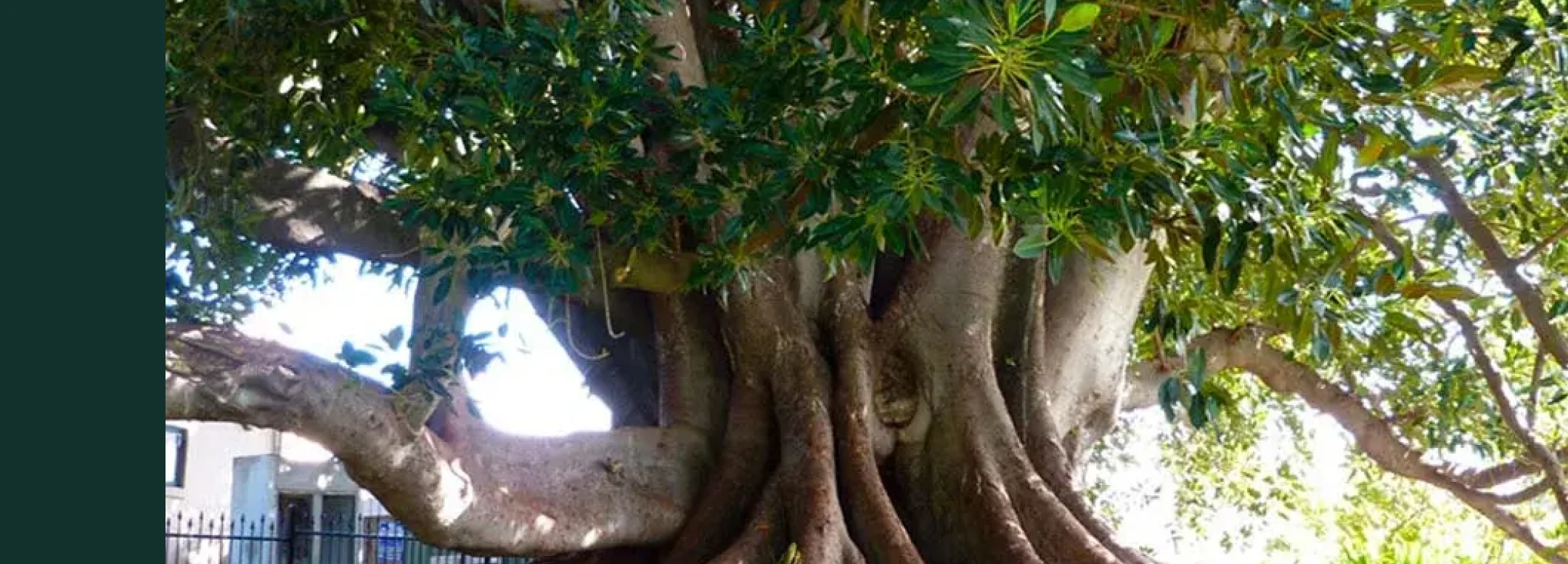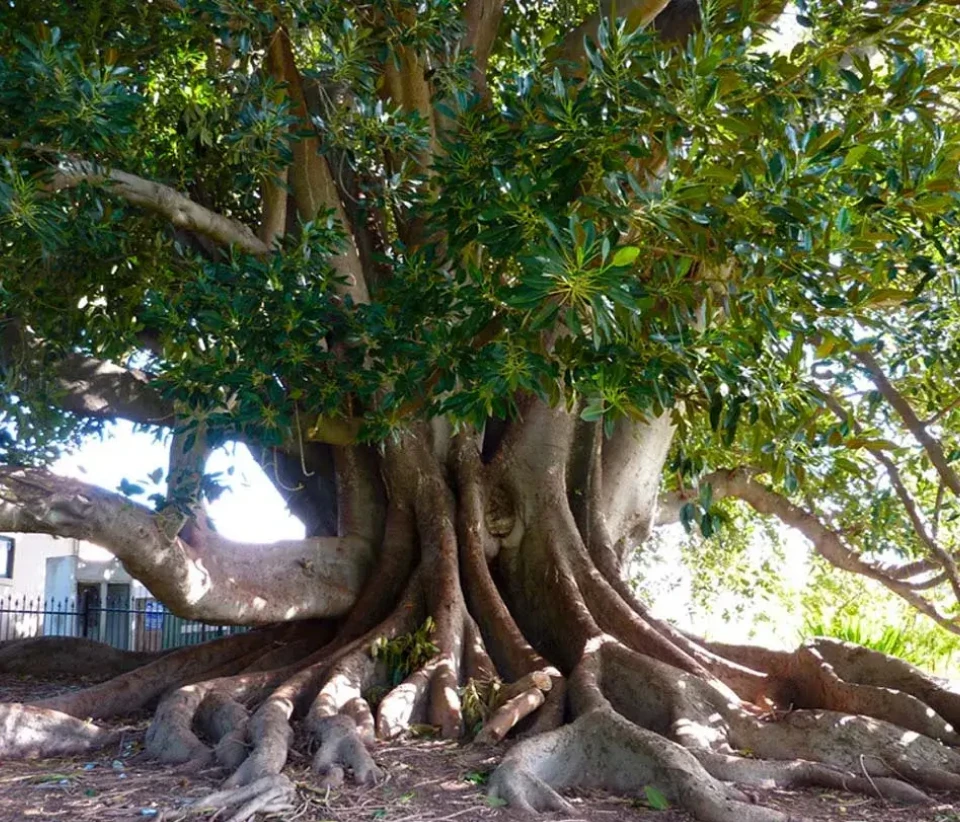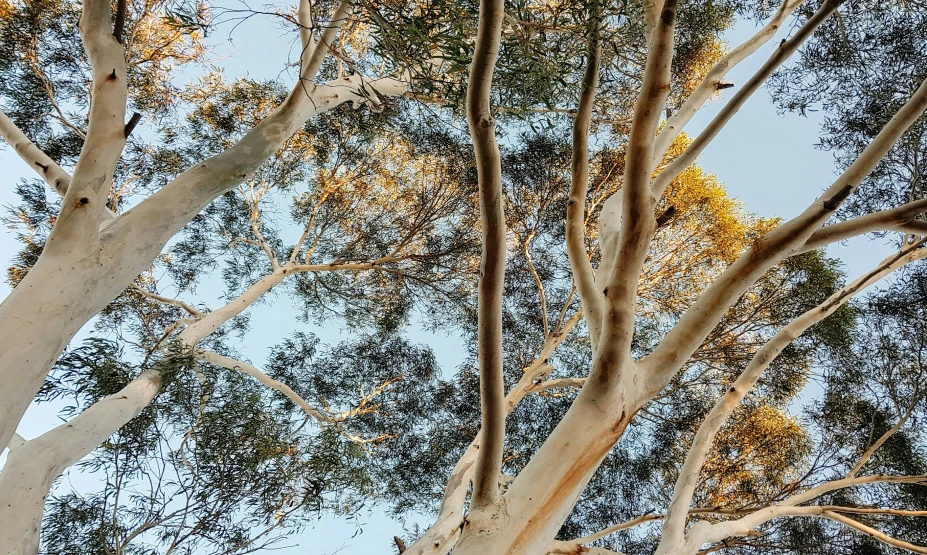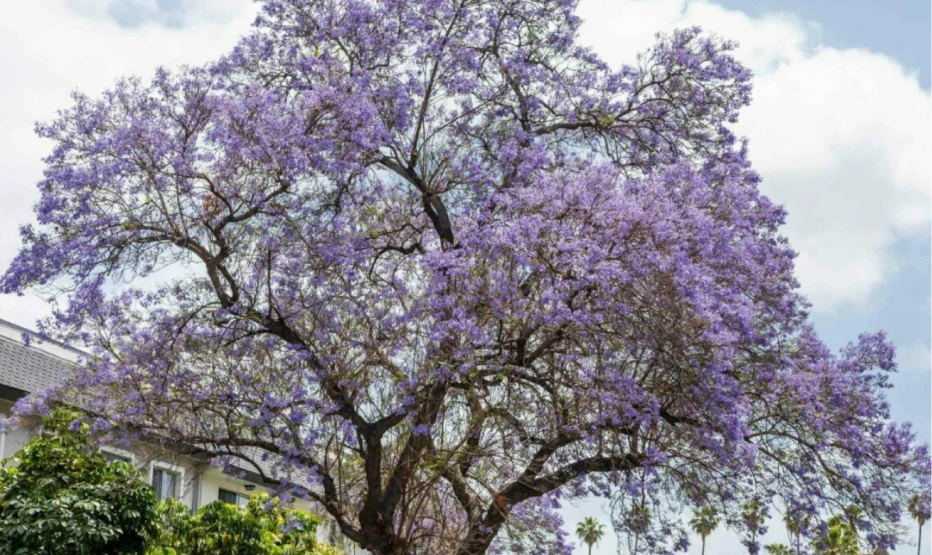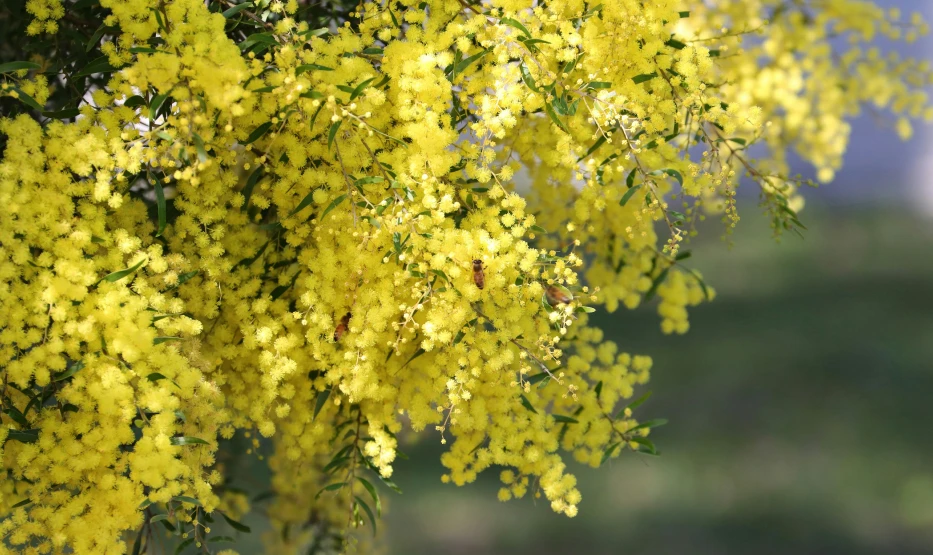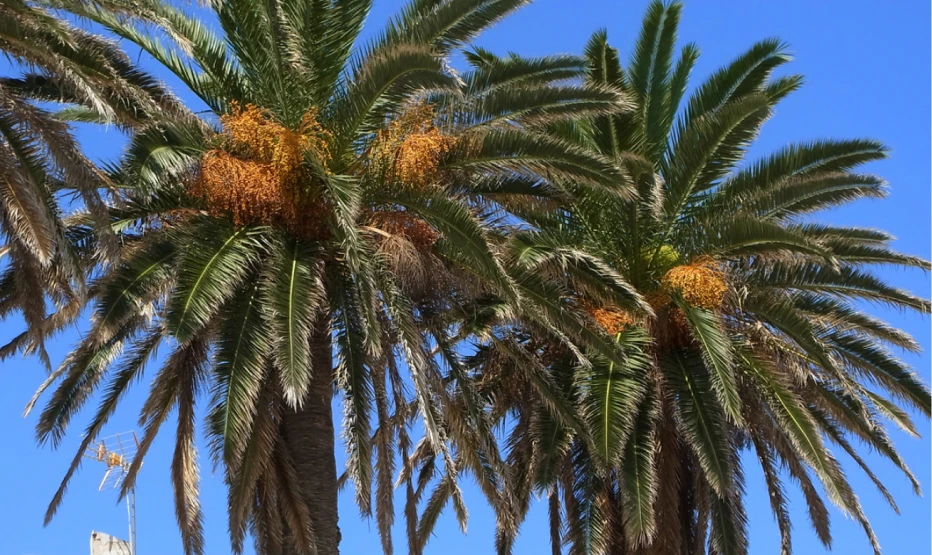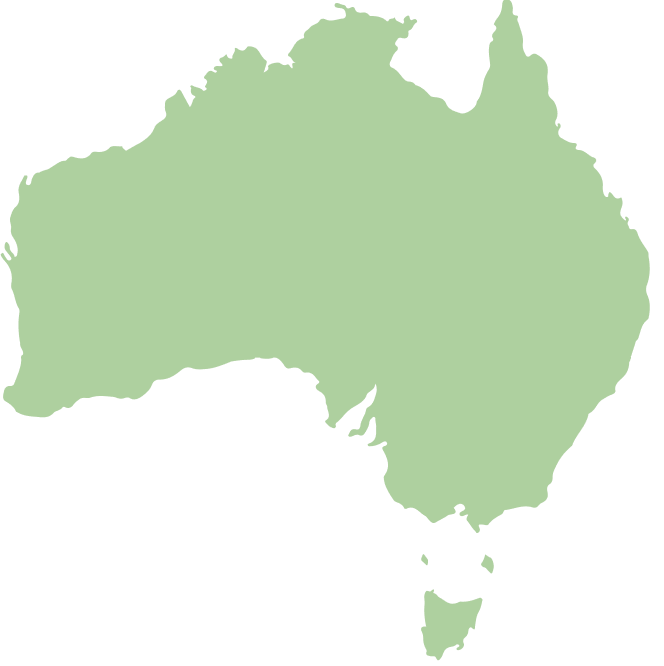Moreton Bay Fig (Australian Banyan) is known to be among the largest trees found in Australia. They can grow into tall 50-foot canopies and live up to 150 years old. This type of banyan tree belongs to the family Moraceae. Its common name is derived from Moreton Bay in Queensland, Australia, where large specimens of this tree were first noted.
Ficus macrophylla is an epiphyte in which as a youngling, it attaches to a host tree until its roots attach to the ground. Once it grows big enough, it encroaches and strangles its host, eventually becoming a freestanding tree. The tree can grow extremely huge and can withstand the worst of weather; making it a good source of shade and sustenance for insect and animal species in the region.
The Moreton Bay Fig plays a role in maintaining balance in the ecosystem. It has a mutual relationship with the fig wasp. Pollination of fig trees is only possible in the presence of the specific wasp. In turn, the fig wasp can only reproduce in the flowers of the fig trees. A number of animal species like the pigeons, parrots, passerines, and other local birds greatly depend on the fig tree’s fruits for their food.
Most parks and open areas in Australia has one or two Moreton Bay Fig in item. Its majestic nature is a sight to behold. However, due to its size and long lifespan, the creeping roots can be a headache to deal with. Its buttress roots can grow massively and the tree is known to be very aggressive and destructive to surrounding structures.
